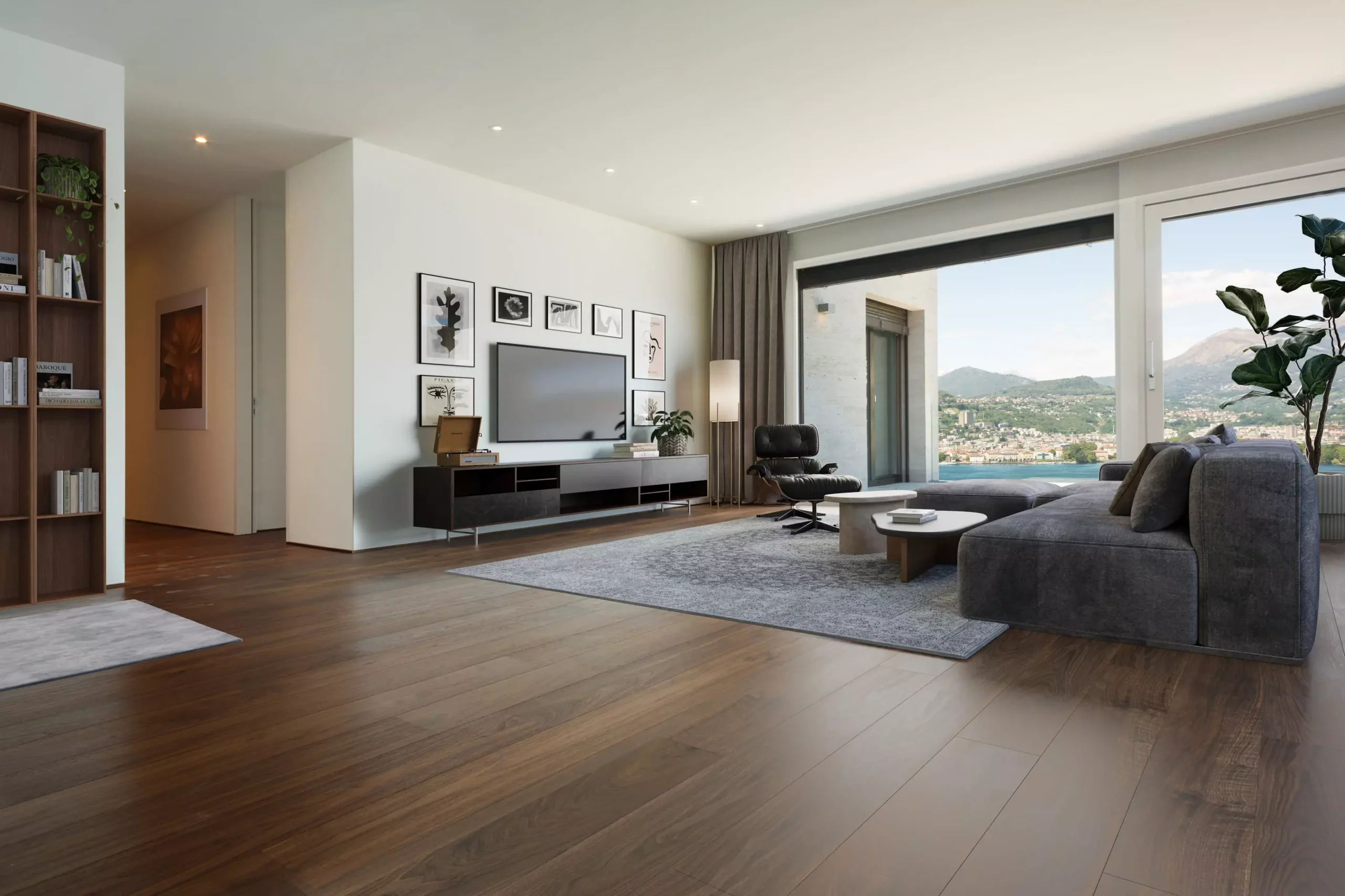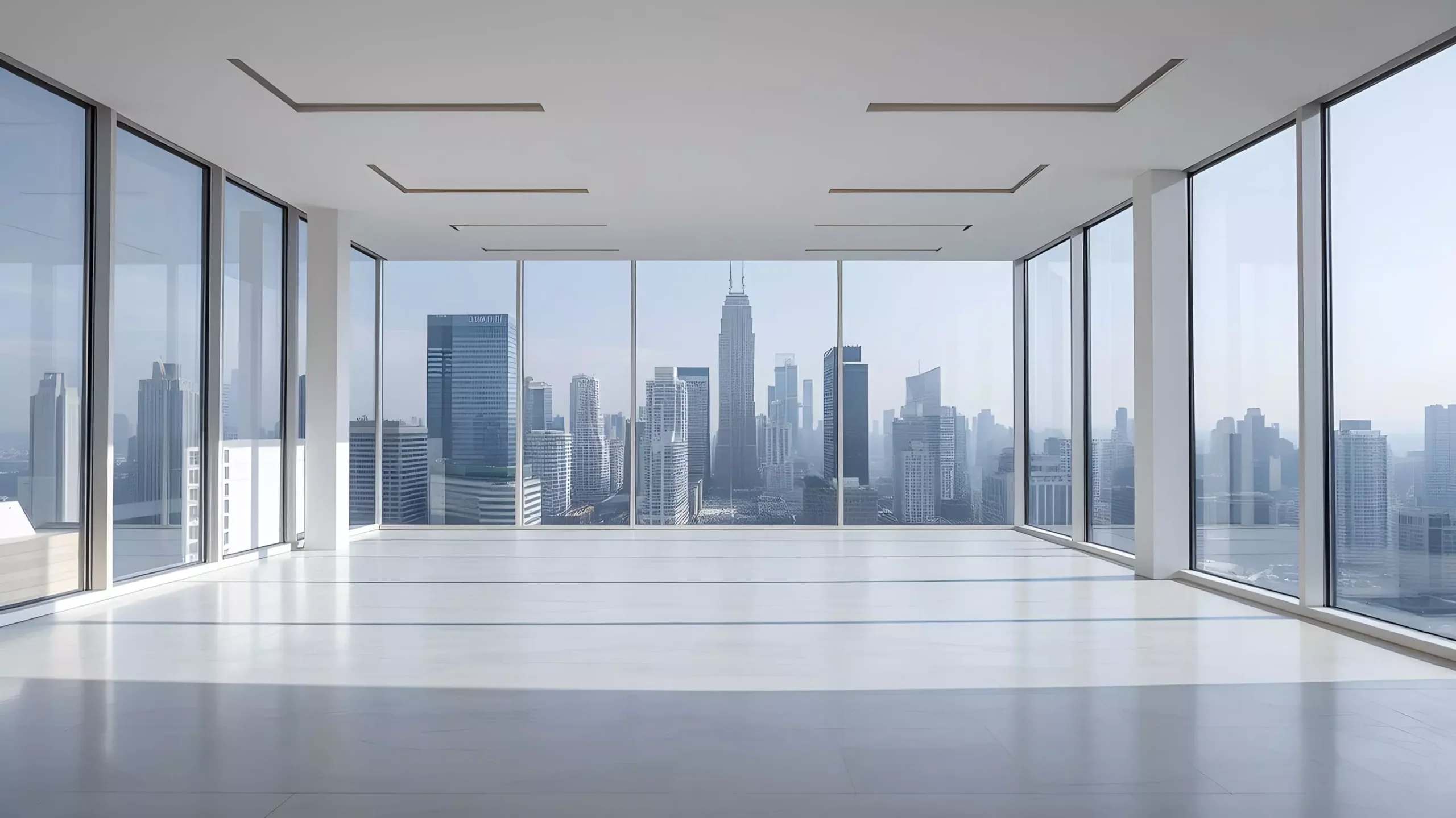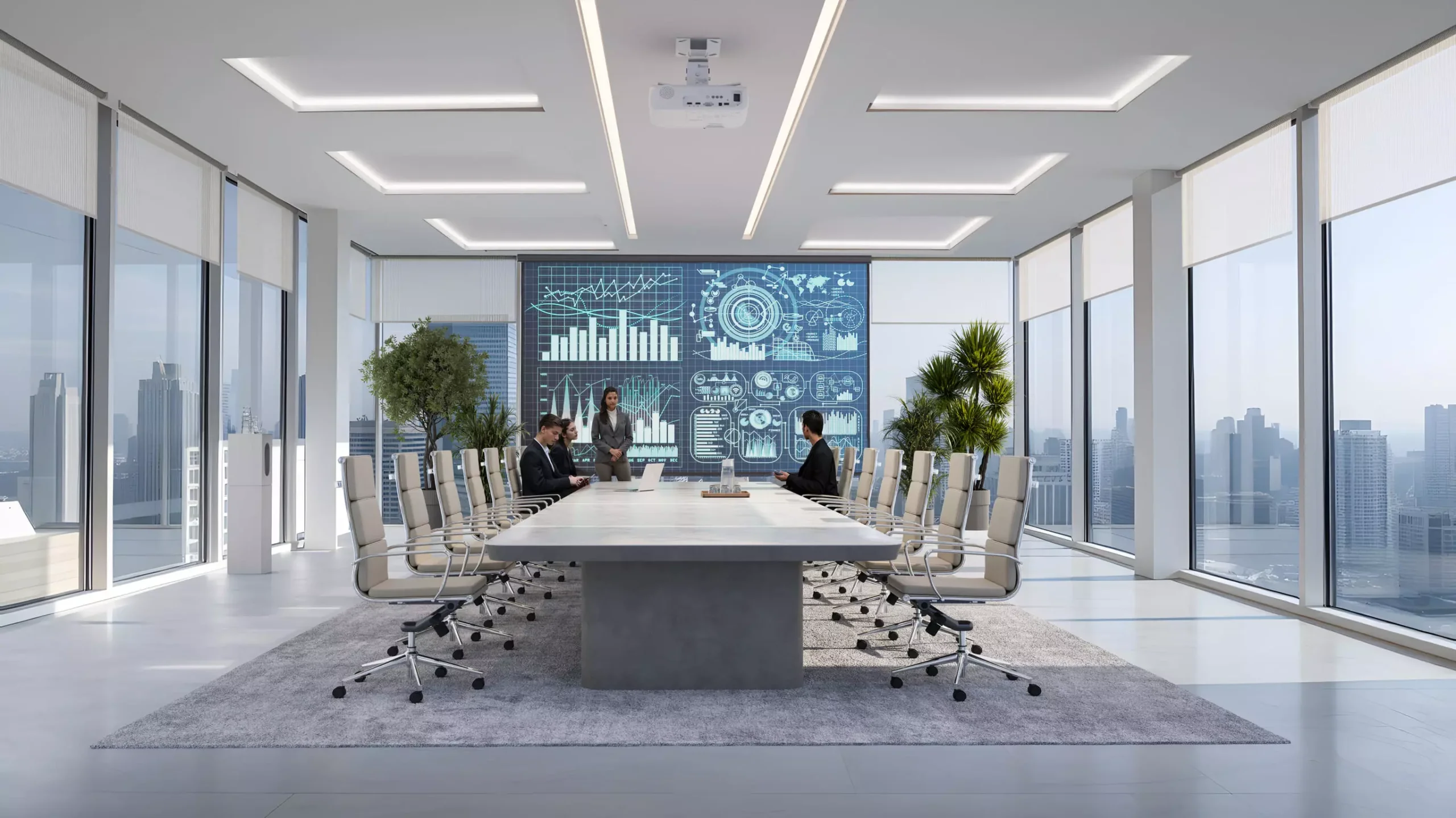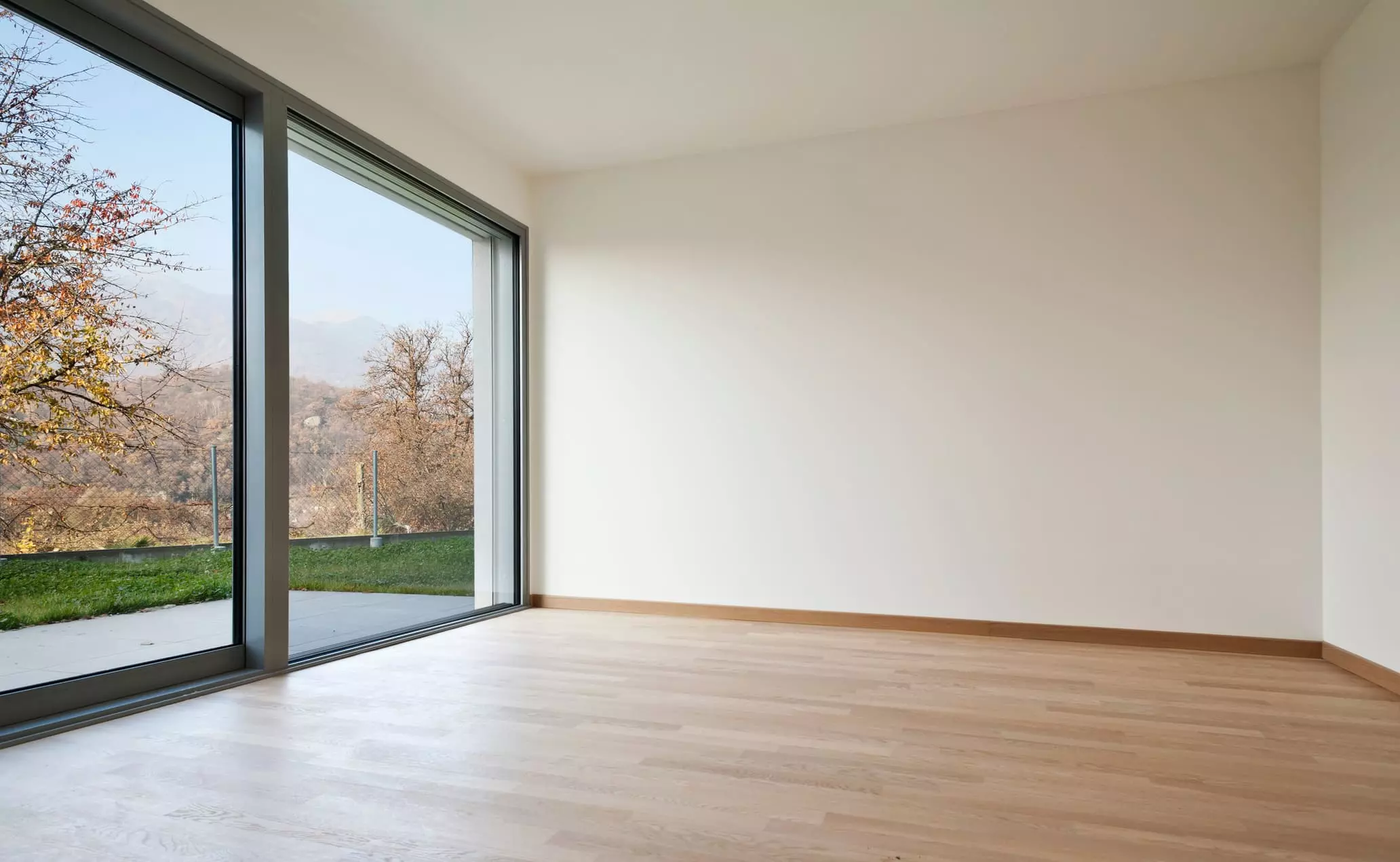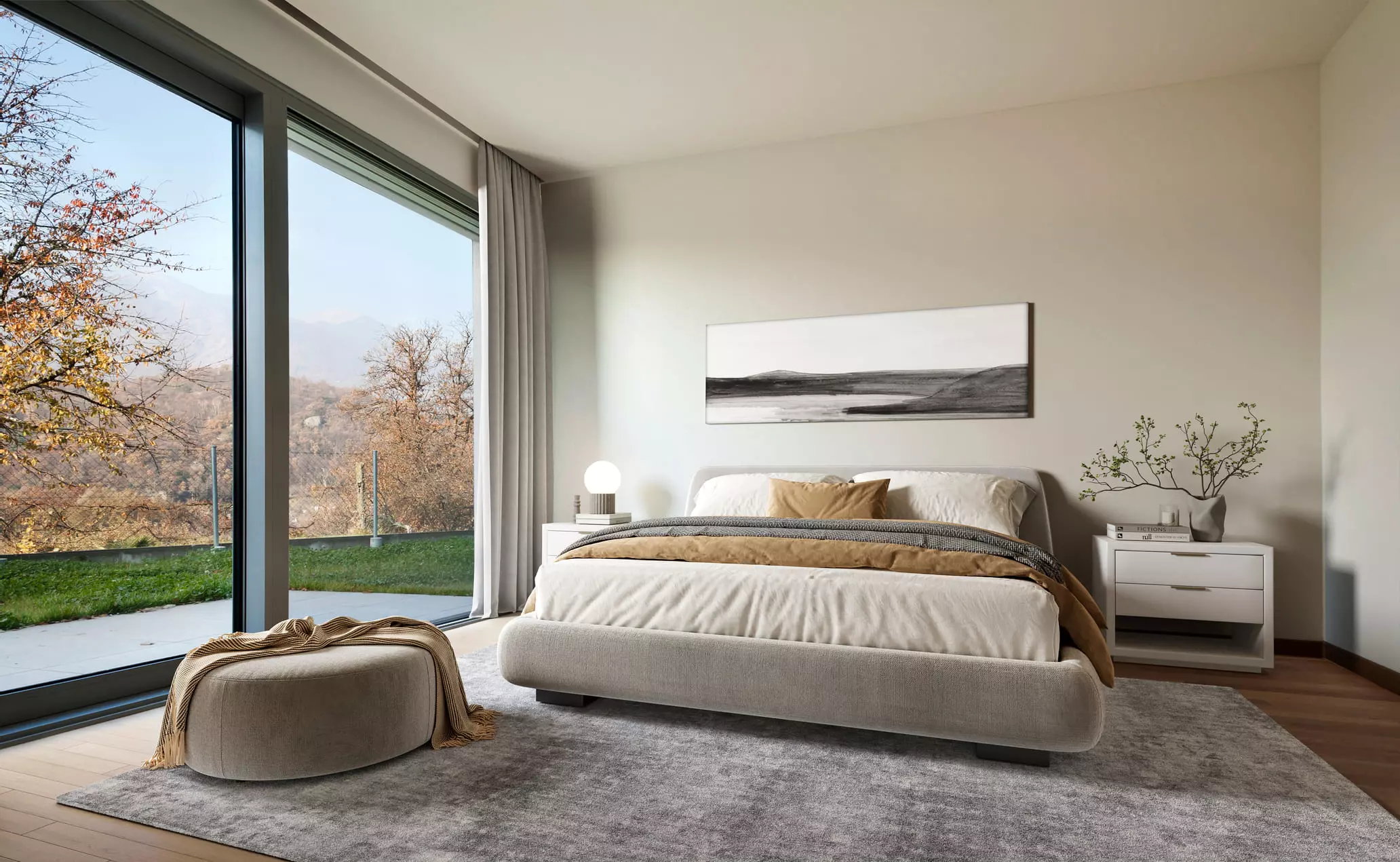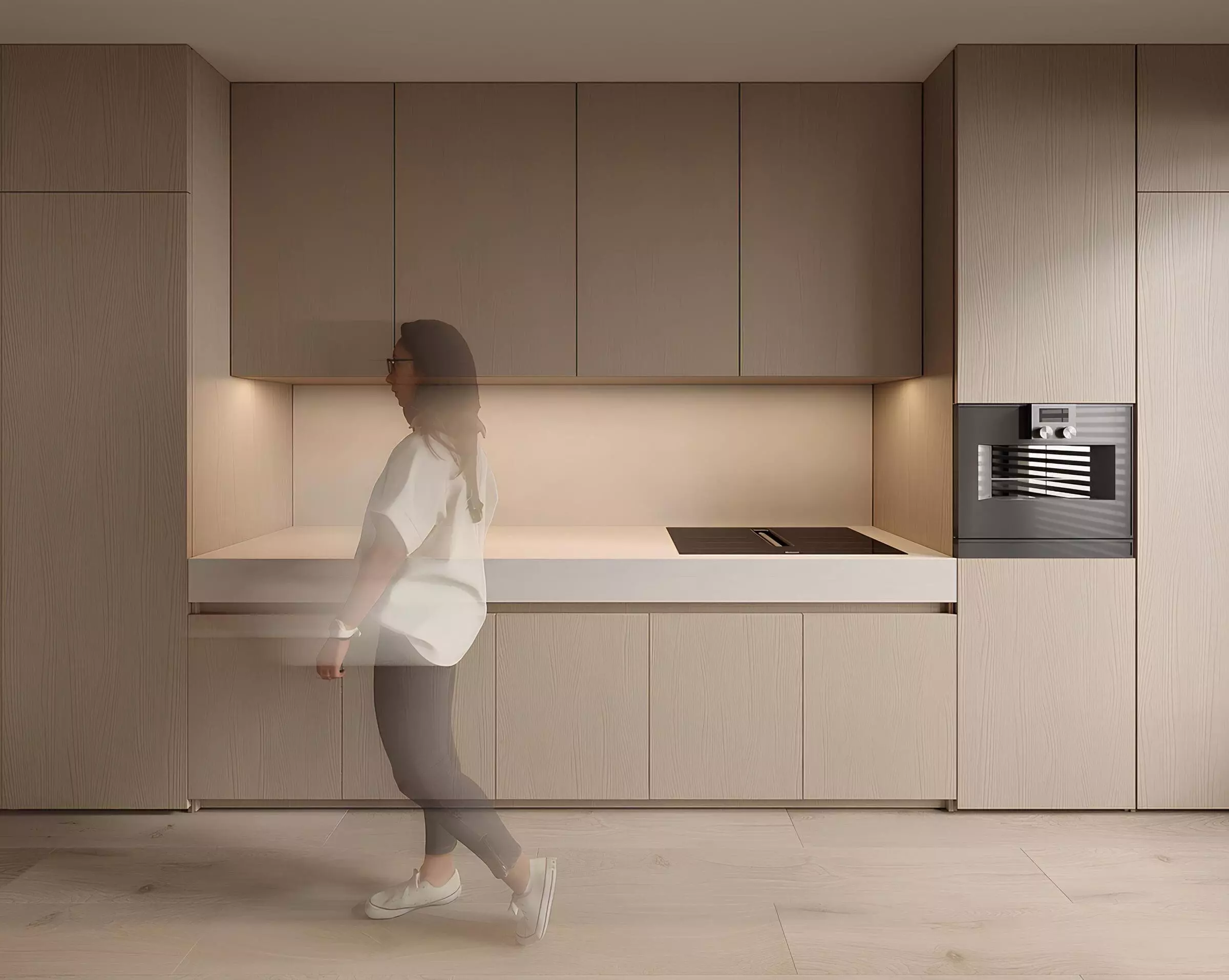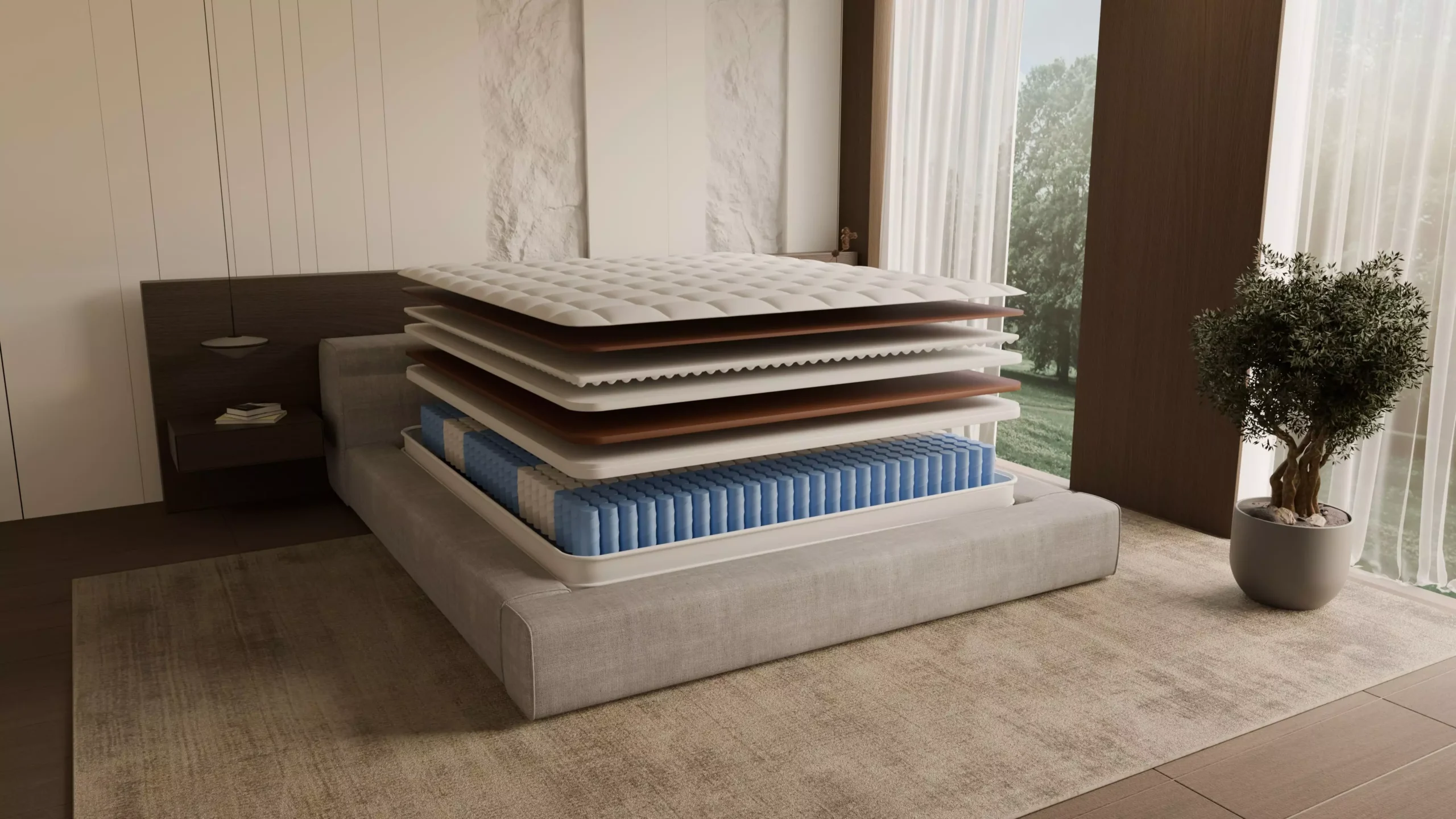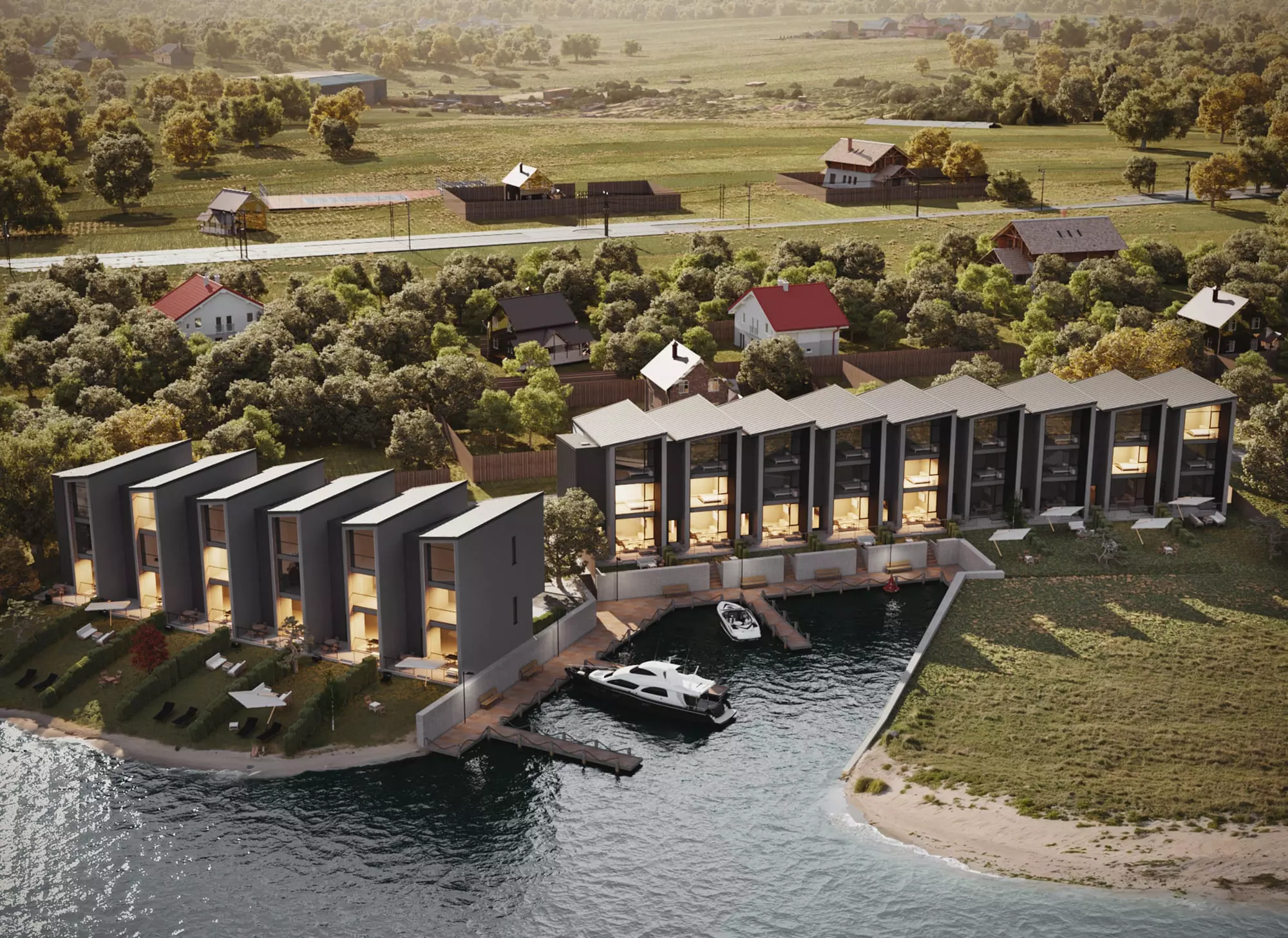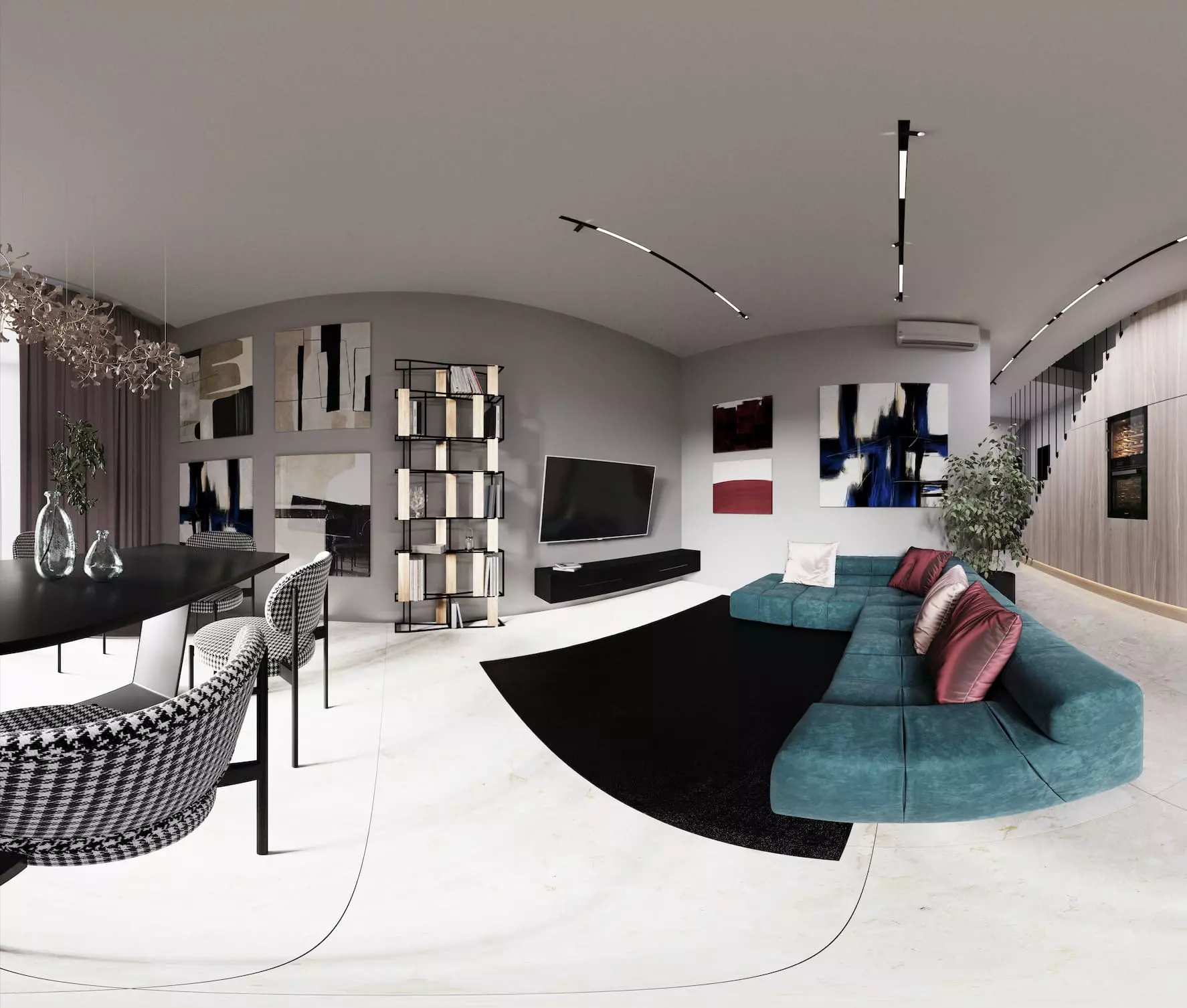Virtual home staging is a must today. Thanks to 3D rendering, designers and agents can digitally furnish and decorate homes (there is even digital home decor), making the process faster and more affordable than traditional staging. This approach saves money and time when preparing a property for sale or rent. With technology advancing rapidly, the demand for quicker and cost-effective solutions has made virtual staging essential.
How 3D rendering is revolutionizing home staging
3D furniture rendering plays a key role in virtual home staging, using software like Autodesk Revit and V-Ray to create lifelike digital versions of properties. Unlike traditional staging, which requires physical changes, virtual staging is flexible and customizable. Real estate agents can adjust layouts and highlight key features.
AI and automation have improved virtual staging by making it faster, more accurate, and cost-effective. There’s no need for rented furniture or setup time, reducing expenses. Companies like Modsy and Virtual Staging Solutions use AI to streamline the process, increasing precision and speed.
Innovations in the field for 2025
The following innovations are looking for in 3D home staging in 2025: welcome most widespread modern home staging trends.
1. AI-based suggestion of designs
AI technologies (as well as AR) are being employed for the designs according to the dimensions of the room and other user inputs. This advancement makes it faster and more personalized, hence more flexible for distinct individual needs.
2. Self-guided panoramic 3D virtual tours
Self-guided tours have gained popularity and are available in panoramic views, inviting buyers to see a space from every angle. This experience makes them more engaged because they can thoroughly ‘remodel’ parts of the house with the use of modern furniture and virtual interior design styles.
3. Selective group marketing virtual staging
Virtual staging makes it possible to create design style specifically for certain social groups, whether it is for luxury styled places, minimalist, or modern designs. Such customization helps in ensuring that the properties meet different sets of needs no matter if they are from first time buyers all the way to premier investors.
Advantages for designers and homeowners
The technology of virtual staging offers a world of benefits.
1. Increased sales prices and lower time on the market
Selling staged properties, even if they are digitally staged, is shown to yield a higher sale price and expedite sale velocity. As the National Association of Realtors cites: 81% of buyer’s agents reported their clients have an easier time picturing a home with its furnishings when the staging has been accomplished.
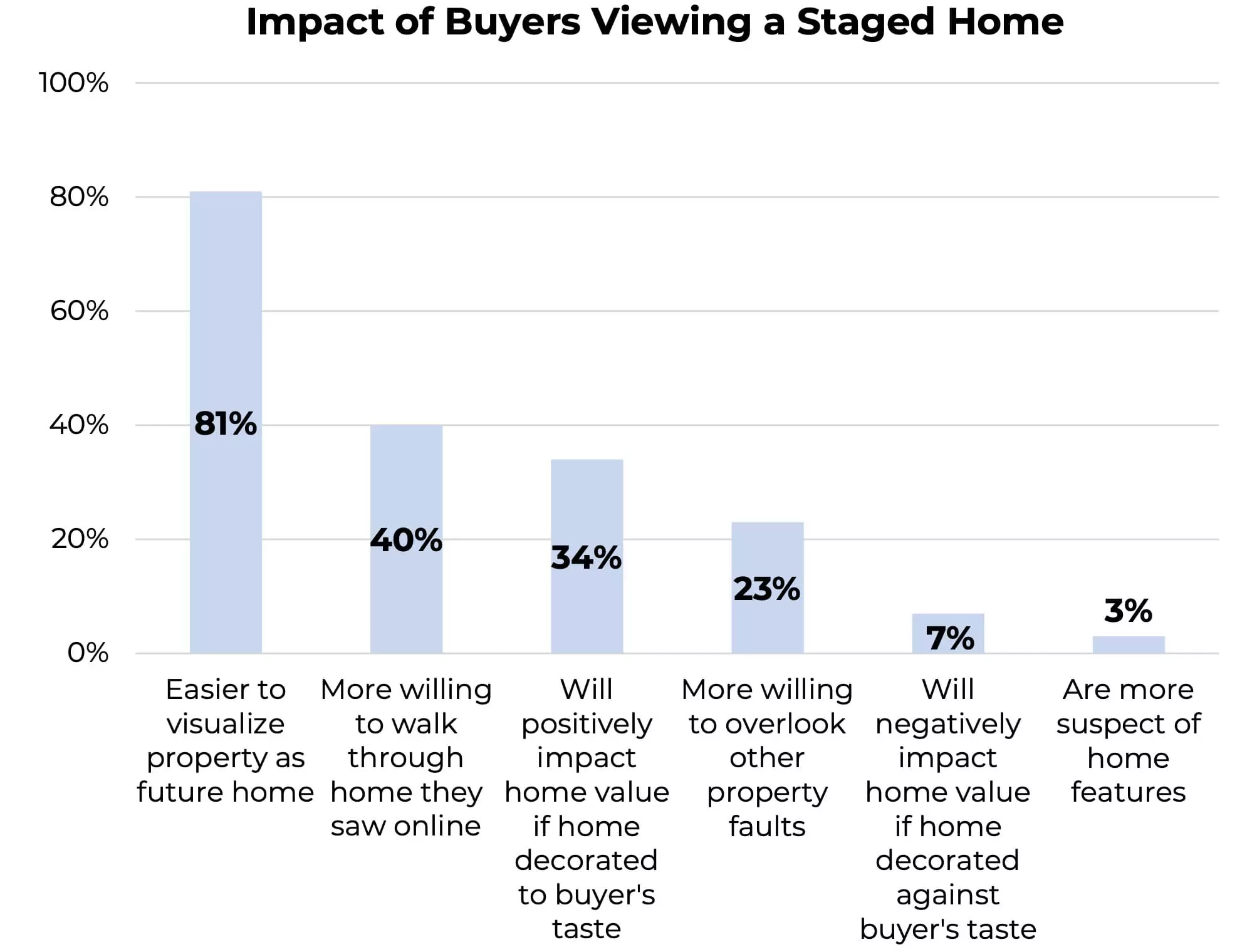
2. Improved marketing
Virtual staging allows interior designers and photographers to better engage with the property’s assets. They are able to better capture the client’s imagination through highly detailed, life-like photorealistic images which every contemporary designer seeks to acquire.
Wrapping up
In 2025, home virtual staging, along with other trends, will be fully integrated into the workflow of interior design. With the developments that are currently being observed in 3D technology and artificial intelligence, the process of virtual staging will become faster and cheaper, while offering a higher degree of customization.
Concepts, such as AI-guided real estate interior design and interactive property tours, are bound to revolutionize the approach to property marketing and home decorating. It’s safe to say virtual home staging is here to simplify the process for everyone.


